Over-ride a calculated property to accept a manual value
Over-ride a calculated property to accept a manual value Many properties in Formpak have calculated values. Examples include GHS pictograms and hazard statements which can be calculated based on hazards entered manually for raw materials. You may additionally have your own property calculations. Any calculated property can be over-ridden with the following steps: Go to Modify a Raw Material (or Formulation) Click on the Properties tab, locate the property you want to over-ride In the column R...





















